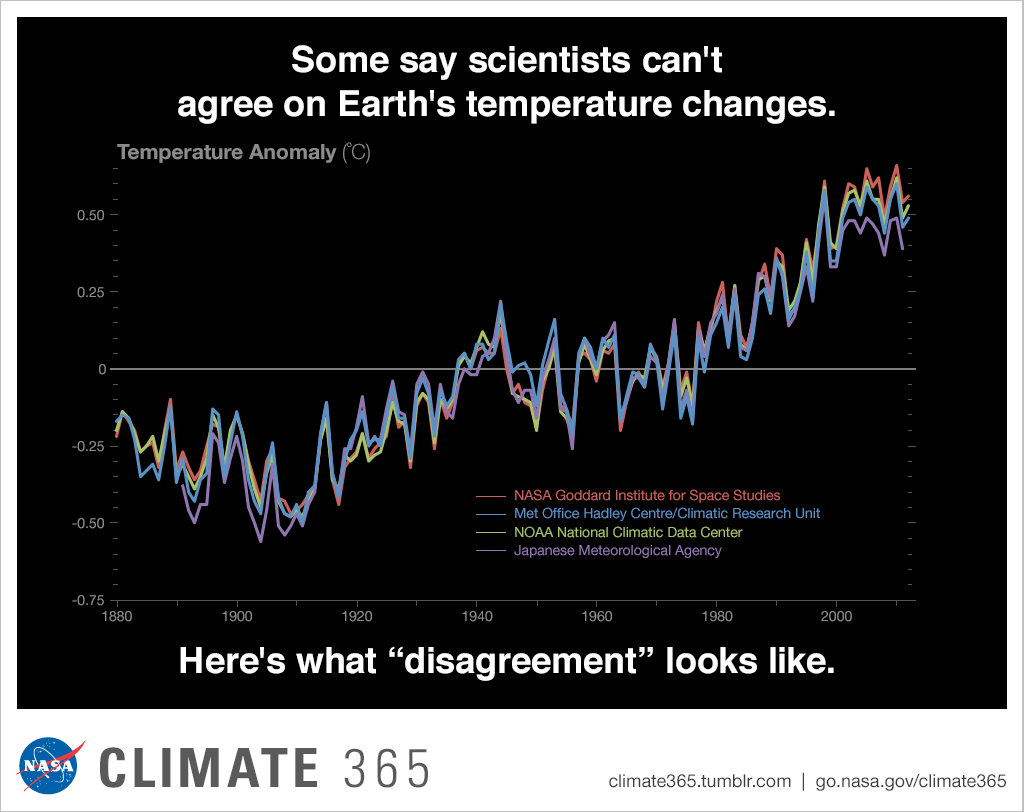In September the DOE issued, Energy Savings Forecast of Solid-State Lighting in General Illumination Applications (PDF, 116 pages), the latest edition of a biannual report which models the adoption of LEDs in the U.S. general-lighting market, along with associated energy savings, based on the full potential DOE has determined to be technically feasible over time. The new report projects that energy savings from LED lighting will top 5 quadrillion Btus (quads) annually by 2035. Among the key findings:
- By 2035, LED lamps and luminaires are anticipated to occupy the majority of lighting installations for each of the niches examined, comprising 86% of installed stock across all categories (compared to only 6% in 2015).
- Annual savings from LED lighting will be 5.1 quads in 2035, nearly equivalent to the total annual energy consumed by 45 million U.S. homes today, and representing a 75% reduction in energy consumption versus a no-LED scenario.
- Most of the 5.1 quads of projected energy savings by 2035 will be attributable to two commercial lighting applications (linear and low/high-bay), one residential application (A-type), and one that crosses both residential and commercial (directional). Connected lighting and other control technologies will be essential in achieving these savings, accounting for almost 2.3 quads of the total.
- From 2015 to 2035, a total cumulative energy savings of 62 quads – equivalent to nearly $630 billion in avoided energy costs – is possible if the DOE SSL Program goals for LED efficacy and connected lighting are achieved.
Don’t have time for the full report? Download the report summary.

